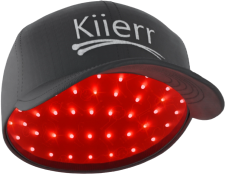Add items to get a Free Gift!
Health Behind Hair
How to Take Care of Your Hair: The Ultimate Guide
Hair loss can be an inevitable part of life for some people, and knowing how to take care of your hair can be difficult. It can be a devastating and humiliating condition to deal with depending on the severity. Unfortunately, scientists have not found a permanent solution to cure hair loss just yet. However, there are treatment options available that can help slow down hair loss and encourage new growth on the scalp.
In this ultimate guide on how to take care of your hair, the biology of hair will be discussed, along with different types of hair loss and why they occur. Treatments for hair loss will also be discussed. Hair loss is a growing concern among men and women, and the options for treatment and hair care are always evolving and improving.
Table of Contents
Introduction to Hair loss

Hair loss, or alopecia, affects over 40-50% of men and women by the age of 50. Hair loss can affect just the scalp or the entire body. Some types of hair resolve quickly while others are more permanent and long-lasting. Many types of hair loss are related to genetics, hormones, medications and environmental stressors. Others stem from autoimmune disease and are related to inflammation in the skin and hair.
The most common types of hair loss are male and female pattern hair loss, in which hormonal and hereditary changes in men and women cause thinning and shedding of hair in a specific pattern, often over the temples and crown. Hair loss also takes the form of shedding, called telogen effluvium, often after a stressor, such as a surgery or accident. Any new onset of hair loss should be evaluated by a board certified dermatologist in order to make a diagnosis and to formulate an appropriate treatment plan.
Treatments for hair loss vary on the diagnosis of the hair loss. Many treatments aim to restore hair growth while others improve the texture and quality of the hair. Most treatment methods require adherence to a regimen of hair care products for many years, while some treatments are able to provide more lasting results.
Hair Follicle Function and Biology

The hair follicle sits in the deeper layer of the skin, called the dermis, and the fat. It crosses through the layers of skin to exit on the skin surface and is connected to oil glands that secrete sweat and oil onto the skin surface. Human hair originally evolved to protect the skin and facilitate the transport of oils to coat the skin in a protective seal. Over time, human hair has become less heavy and now typically serves a more cosmetic purpose.
Human hair cycles in three phases: anagen, catagen, and telogen phases. The first phase of anagen occurs when the hair is growing; this cycle determines the length and consistency of hair. Hair typically grows around 1 cm per month but this can be less or more depending on the health of the individual. After growth, which can last for many years, hair enters the catagen period, in which the hair begins to break down in preparation for new hair growth. Finally, the hair enters the telogen phase, where the follicle is dormant for 3-4 months and will not grow hair.
Hair follicle biology is controlled by a variety of factors. Hair follicle growth depends on vitamins, nutrients, and signalling molecules that tell the hair how to grow. Hormone receptors also play a strong role in control of the hair follicle, and alterations in hormone signalling can decrease hair growth. The immune system, which controls the body’s reaction to infections and foreign substances, also affects hair growth and many autoimmune conditions can decrease hair growth and hair quality. Finally, the nervous system also exerts control on the hair follicle and can affect hair growth.
Any changes in the optimal function of these biological systems can cause hair loss. Lifestyle, diet and hormones most commonly affect the hair follicle as do medications. Any change in these can cause disturbances in hair growth, hair cycles, and more, as can episodes of trauma, surgery or other conditions. Conditions such as anemia, thyroid disease, infections, and autoimmune disease can also disturb hair growth and cause premature shedding or decreased growth of the hair.
Hair biology is complex and not fully understood. The hair can respond in many ways to changes in diet, lifestyle, stress, hormones, and other conditions. As knowledge of hair follicle biology grows, so too do treatment options for different types of hair loss.
Types of Hair loss

Hair loss falls into two different categories of scarring and non-scarring hair loss. Scarring hair loss causes permanent destruction of the hair follicle and hair usually cannot grow after the follicle is scarred. Non-scarring hair loss preserves the hair follicle and with treatment, new hair can be grown. Non-scarring hair loss is much more common than scarring hair loss and will be discussed here.
Non-Scarring Hair Loss Causes
1.) Male and Female Pattern Baldness
The most common type of non-scarring hair loss is male and female pattern hair loss, Male and female pattern hair loss occurs when the hair follicle shrinks in size due to changes in the hormone signals. Specifically, dihydrotestosterone (DHT) which is a metabolite of testosterone, causes hair follicle shrinkage. Over time, if this is not corrected, the follicle may shrink and be unable to grow new hair. Typically, however, this condition can be treated if intervention is early and effective.
2.) Telogen Effluvium
Telogen effluvium is another common type of non-scarring hair loss. Telogen effluvium occurs when an individual undergoes stress, trauma, surgery, childbirth or any change in the body. This causes the hair to prematurely shift from anagen (growth) phase to catogen (breakdown) and then the telogen (resting) phase. This abrupt shift produces shedding that can persist for 3-4 months until the telogen phase passes and hair growth resumes. This type of shedding can be very emotionally distressing but typically will resolve. Persistent shedding may occur but is less common and often seen in the setting of conditions such as anemia and thyroid disease.
3.) Alopecia Areata
Finally, alopecia areata is a common cause of non-scarring hair loss. Alopecia areata is an autoimmune condition in which immune cells target the hair follicle for destruction. The trigger for alopecia areata is unknown and may be due to infections, medications, diet, lifestyle or other conditions. Alopecia areata typically occurs as smooth patches of hair loss on the scalp and sometimes the face and body. Alopecia areata may be associated with other skin conditions such as eczema. Many cases of alopecia areata may resolve without treatment but in more severe cases, treatment can bring the hair back more quickly and reduce emotional distress.
Read more: Types of Hair Loss and Their Causes
Hair Loss Treatment Options

Hair loss treatment depends on many factors, including the specific diagnosis, patient preference, and weighing of risks and benefits. A board certified dermatologist can assist in this discussion and should be consulted for diagnosis and treatment options.
Male and female pattern hair loss is the most common type of hair loss. Men and post-menopausal women develop this condition and in some cases, the condition can also affect women of childbearing age. Below we will discuss hair loss treatment options in detail.
1.) Laser Therapy
There are several devices that are used in the treatment of pattern hair loss. An important tool in the treatment of pattern hair loss may be low level light therapy (LLLT). LLLT was first observed to promote hair growth in mice exposed to lasers for other purposes. Subsequent studies have shown that in humans, LLLT can promote hair growth with increased hair counts and subjective improvement in hair thickness.
LLLT appears to promote hair growth by stimulating anagen growth of the hair, both by encouraging the hair to enter into anagen and stay in anagen phase longer. LLLT has been shown to be safe and most modern LLLT devices do not produce burns or irritation of the skin. Importantly, this treatment can be done at home and at the pace and comfort level of the individual.
Read more: Everything You Need to Know About LLLT
Devices that utilize LLLT technology are laser caps. These medical devices are FDA-cleared and clinically proven to be safe and effective for men and women to use to regrow the hair on the scalp. Laser caps and LLLT stimulate blood flow in the scalp tissue to transport oxygen and nutrients to the hair follicles. This helps encourage hair growth in the current follicles and new growth in thinning areas.
Read more: Do Laser Caps Work for Hair Loss?
2.) Minoxidil
Initial treatment of pattern hair loss can be minoxidil, which helps to reduce follicle shrinkage and prolong anagen phase hair growth. Minoxidil can be used by men and women and different strengths are available for men and women. Consistent use of minoxidil can stimulate and maintain hair growth and stopping the product can cause hair loss.
3.) Supplements
Several hair growth supplements are also used in the treatment of pattern hair loss. The most common of these is biotin, but the evidence for biotin use is lacking. Further use of high dose biotin can interfere with cardiac and thyroid testing. Other products include supplements with saw palmetto, which blocks DHT, and adaptogens such as ashwagandha and turmeric, which are anti-inflammatory. Iron may also be beneficial. A board certified dermatologist can review hair supplement ingredients and help discuss their safety and efficacy.
Read more: The Importance of Kiierr Hair Growth Supplements
4.) Finasteride
Finasteride is an FDA approved treatment for male pattern hair loss and is typically effective for men with the condition. However, side effects of this product include decreased energy and libido and some men may find that these side effects are significant.
5.) Platelet Rich Plasma Therapy
Finally, pattern hair loss can be treated by platelet rich plasma therapy, in which stem cells from the individual’s blood are purified and injected into the individual’s scalp. It is believed that these stem cells, which are found in plasma, help to promote hair growth and reduce inflammation. A board certified dermatologist will typically perform this procedure and can determine if it is the most appropriate choice.
There are many treatments available for pattern hair loss. There are also many complementary and alternative treatments available and these vary in their tolerability and usefulness. Onion, garlic, berries, and oils have been suggested for hair loss treatment and while these may aid some individuals with hair loss, they may also cause irritation of the skin.
Read more: The Best Diet for Hair Growth
Hair Care

While many types of hair loss are related to hormones, diet, genetics and more, improper hair care can also result in hair loss or hair damage. Below we will discuss the proper hair care routine that should be followed to maintain a healthy head of hair.
Hair Care Routine
1.) How Often Should You Wash Your Hair?
Depending on the quality of hair, hair should be washed between 3-5 times per week. Individuals with oily hair may choose to wash their hair every day. If hair is chemically treated, it should be washed less frequently.
2.) Hair Wash Details
Hair should be washed gently with cold water and using simple products. It is important to utilize shampoo and conditioner as using shampoo alone can cause frizzy hair. Both shampoo and conditioner should be used unless the product is a combined shampoo and conditioner. Generally shampoo should be concentrated on the scalp and conditioner should be used on the hair strands. However individuals with very curly, dry hair might find that it is better to use conditioner closer to the scalp. For those with thin fine hair, only the minimum amount of conditioner should be used at the very tips of the hair. Shampoos and conditioners should be preservative and fragrance free. Many shampoos and conditioners contain natural ingredients but it is important to remember that even natural products can be irritating. The best products are those that contain minimal fragrance and minimal preservatives.
Read more: How Ingredients in Your Shampoo Can Harm Your Hair
3.) How to Dry Your Hair
Once the hair has been treated with shampoo and conditioner it is important to gently towel dry the hair. It is important to not tightly wrap or pull the hair while it is wet to avoid breakage and the use of heating tools should be minimized.If possible hair should be allowed to dry naturally or with a dryer on a low heat setting. Heat styling should be avoided as this can break hair and cause it to shed more easily.
After washing and drying the hair it is important to style the hair in a gentle manner and loose hair styles are preferred over tight hairstyles. It is important that the hair be dry or at least damp before any type of styling including combing and brushing. Combing and brushing wet hair could increase damage to the hair. Hairstyles that are tight or that pull excessively on the scalp can cause hair loss and breakage.
Further, it is important to avoid any hot or chemical hair treatments as these can cause irritation to the scalp and damage to the hair. Excessive use of chemicals, dyes, heat styling tools and products can cause hair breakage and fragility. Chemical such as sulfates, parabens, and formaldehyde may be damaging to hair as can synthetic fragrances. Dyes containing paraphenylenediamine (PPD) may also cause irritation and are often found in dark hair dyes.
Read more: Hair Care 101
Hair Care Tips
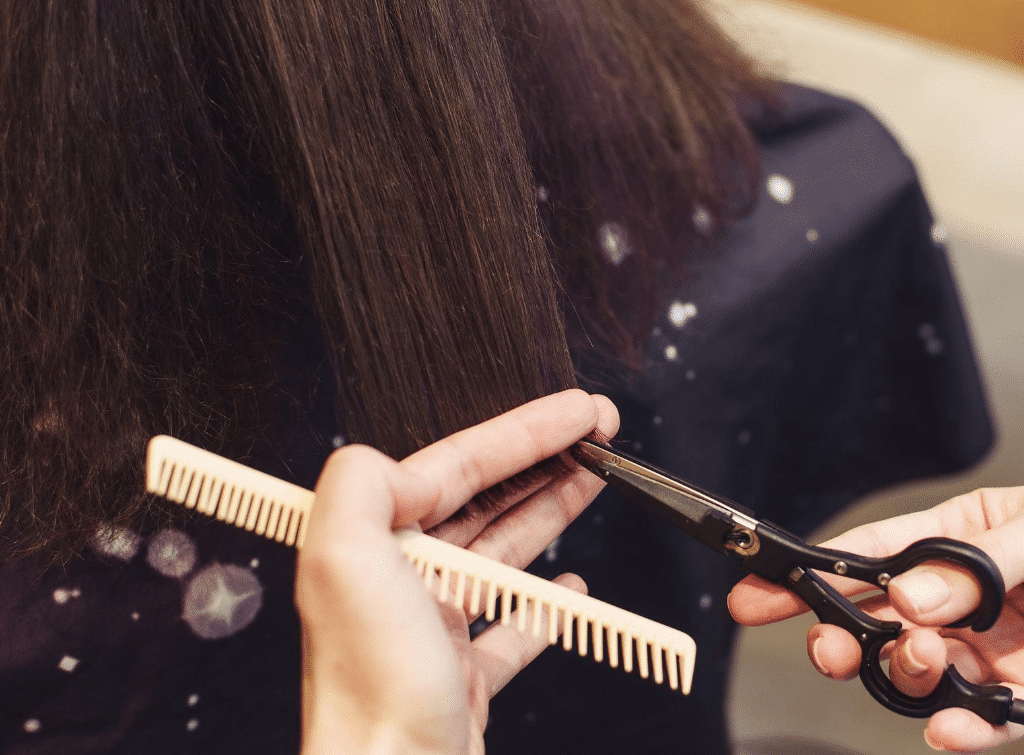
Now that you are familiar with the proper hair care routine, we are going to discuss several hair care tips that you can also incorporate along the way.
1.) Only use heat on dry hair
2.) Avoid elastic hair ties
3.) Consider a silk pillow case
4.) Get regular trims
5.) Use a wide tooth comb on wet hair
6.) Air dry whenever possible
7.) Use essential oils
Read more: 5 Best Natural Oils for Hair Growth
8.) Maintain a healthy diet
Conclusion: Hair Care for Men and Women

Hair loss is a distressing condition that affects many people and discovering how to take care of your hair can be challenging. This condition should be diagnosed and treated appropriately and proper treatment can result in improved hair growth. Diet, lifestyle and stress management are all critical components of hair growth and individuals with hair loss should aim to manage these factors.
Many treatments and devices are available for hair growth and most of these can provide results, particularly when used together. Low level light therapy (LLLT) and laser caps can be helpful for individuals with pattern hair loss, in combination with other therapies. A board certified dermatologist can assist in developing a personalized hair treatment plan to promote healthy, sustainable hair growth.
To learn in depth details about laser hair growth caps, check out Do Laser Caps Work for Hair Loss?
About the Author

Sheila M. Krishna MD, FAAD is a board certified dermatologist with expertise in skin, hair and nails. She practices in San Diego, CA and enjoys working with individuals of all ages to meet their dermatology needs.
How to Take Care of Your Hair FAQs
[sc_fs_multi_faq headline-0=”h2″ question-0=”How do you keep your hair healthy?” answer-0=”There are numerous ways to keep your hair strong and healthy. Here are a few: maintain a healthy diet, eliminate stress, stay hydrated, use low level light therapy treatment, avoid harmful shampoo and conditioners.” image-0=”” headline-1=”h2″ question-1=”How can I take care of my hair naturally?” answer-1=”Here are some tips to be able to take care of your hair naturally: avoid harmful chemicals in your shampoo and conditioner, use low level light therapy treatment to increase growth and thickness, maintain a healthy and balanced diet, drink plenty of water, and avoid heat styling as much as possible.” image-1=”” headline-2=”h2″ question-2=”How do you treat your hair?” answer-2=”How you treat your hair will depend on your hair type and condition. There are several ways to treat different types of hair such as the shampoo and conditioners you use. It is important to be familiar with your hair type before jumping in to treatment options.” image-2=”” headline-3=”h2″ question-3=”Does low level light therapy work for hair growth?” answer-3=”Yes. Low level light therapy and laser caps can work to regrow hair on the scalp. Laser caps are FDA-cleared and clinically proven to be safe and effective to grow hair thicker and fuller.” image-3=”” count=”4″ html=”true” css_class=””]
Disclaimer: All content found in this article, including: text, images, audio, or other formats were created for informational purposes only. The Content is not intended to be a substitute for professional medical advice, diagnosis, or treatment. Always seek the advice of your physician or other qualified health provider with any questions you may have regarding a medical condition. Never disregard professional medical advice or delay in seeking it because of something you have read in this content.
Reference in this content to any specific commercial product, process, or service, or the use of any trade, firm or corporation name is for information only and does not constitute endorsement, recommendation, or favoring.

 LASER CAPS
LASER CAPS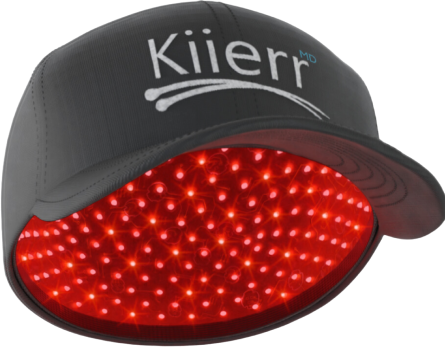



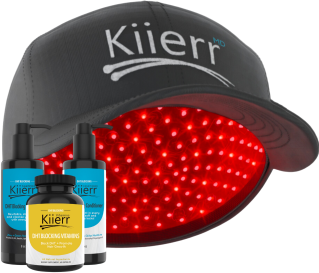
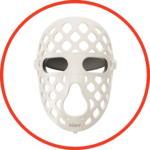 Beauty Products
Beauty Products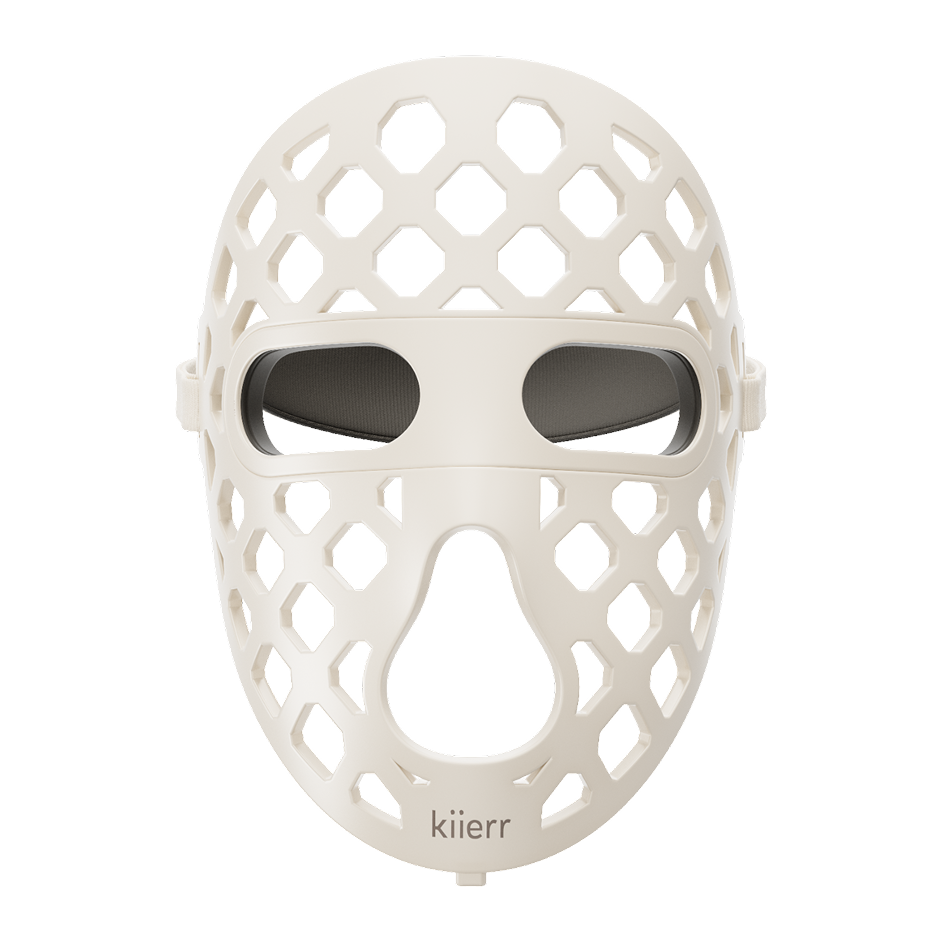





 Daily Deals
Daily Deals RESULTS
RESULTS




